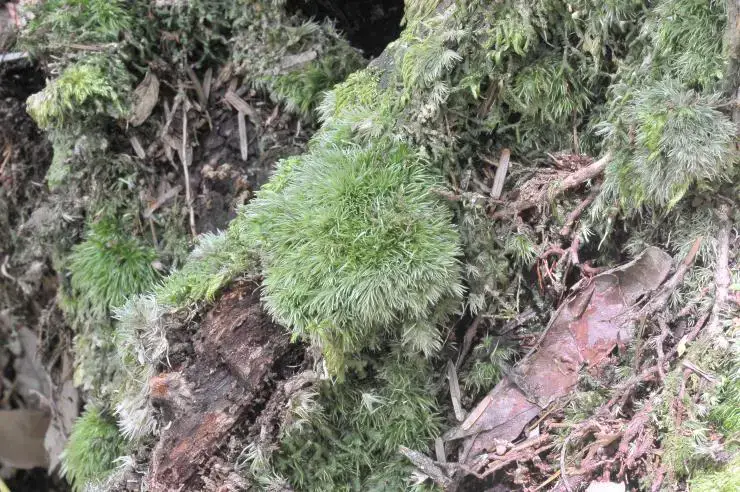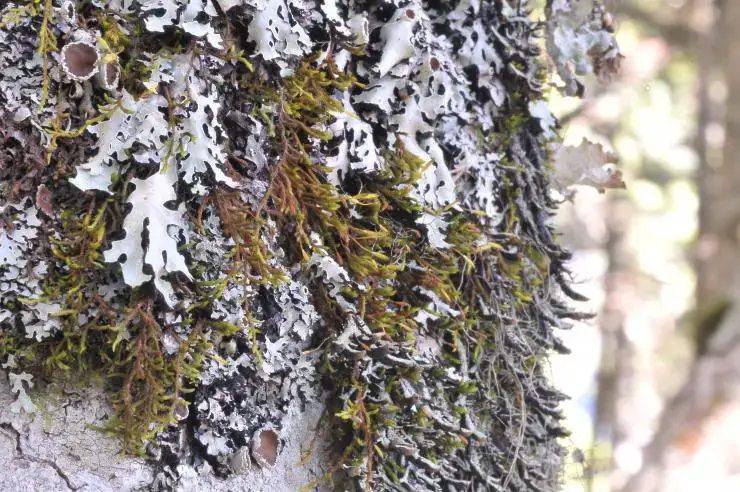
16083595bb6b5297d4932aee5f359826.jpg from: https://openmuseum.tw/muse/digi_object/2355523fe7d6b11d4b7a8ac495911fd7
Schwetschkea grateloupii: The Fascinating Moss You’ve Never Heard Of
Introduction
When most people think of plants, they picture towering trees, colorful flowers, or lush ferns. But there’s a whole other world of fascinating flora that often goes unnoticed – the world of mosses. Today we’ll be diving into the details of one particularly interesting moss species: Schwetschkea grateloupii (Mont.) Müll.Hal., also known simply as

5856d54f21c593d9017a4c708465902e.jpg from: https://openmuseum.tw/muse/digi_object/944be5363af1050246cc941b5ca41998
Schwetschkea.
Background
Schwetschkea grateloupii is a species of moss in the Leskeaceae family. It belongs to the division Bryophyta and class Bryopsida. The species was first described by French botanist Camille Montagne in 1845 and later reclassified into the genus Schwetschkea by German botanist Carl Müller in 1898.
Morphology and Identification
Schwetschkea grateloupii is a small, delicate moss that forms loose mats. Its stems are irregularly branched and can grow up to 2 cm long. The leaves are ovate-lanceolate in shape, 0.5-1 mm long, and have a short, double costa (midrib). The leaf margins are entire or finely toothed near the apex.
One of the key identifying features of S. grateloupii is its papillose leaf cells. Under a microscope, the cell surfaces appear bumpy or warty due to projections called papillae. The species is autoicous, meaning that both male and female reproductive structures are found on the same plant.
Global Distribution and Habitat
Schwetschkea grateloupii has a wide global distribution, being found in:
- Europe (France, Spain, Portugal, Italy, etc.)
- Africa (Macaronesia, North Africa)
- Asia (China, Japan, Taiwan, Indonesia, etc.)
- Central and South America (Mexico, Caribbean, Brazil, etc.)
- Oceania (Australia, New Zealand, Pacific Islands)
This moss typically grows on tree trunks and branches in moist, shady forests from lowland to montane elevations. It is often found in subtropical and tropical regions but can also occur in temperate areas with suitable microclimates.
Ecological Roles and Adaptations
Like other mosses, Schwetschkea grateloupii plays important ecological roles:
Water and nutrient cycling: Mosses absorb water and nutrients from their surroundings, regulating moisture levels and making nutrients available to other organisms.
Habitat provision: Moss mats provide shelter and microhabitats for various invertebrates, fungi, and other small organisms.
Erosion control: By carpeting soil and rock surfaces, mosses help stabilize substrates and prevent erosion.
S. grateloupii has several adaptations that allow it to thrive in its preferred habitats:
Poikilohydry: Like most mosses, it can tolerate desiccation and rehydrate quickly when water becomes available again.
Papillose leaf cells: The papillae on the leaf surfaces may help trap moisture and increase surface area for gas exchange and nutrient absorption.
Asexual reproduction: In addition to sexual reproduction via spores, S. grateloupii can propagate clonally through fragmentation, allowing it to spread locally.
Conclusion
Schwetschkea grateloupii may be small and unassuming, but it is a prime example of the incredible diversity and resilience of mosses. From tropical rainforests to temperate woodlands, this species plays vital roles in ecosystems around the world.
So next time you’re out for a walk in the woods, take a closer look at the trees and rocks around you – you just might spot a patch of Schwetschkea grateloupii quietly doing its thing. What other hidden wonders of the plant kingdom have you discovered?